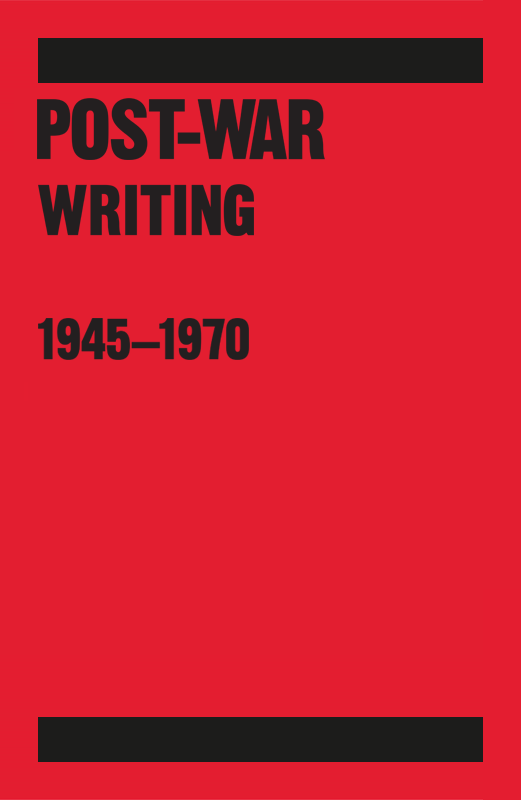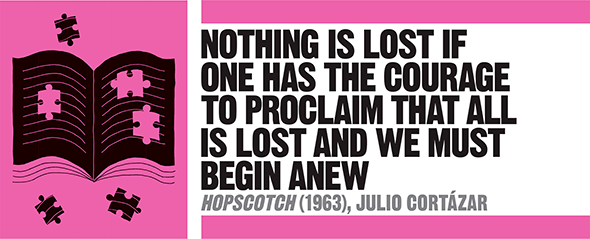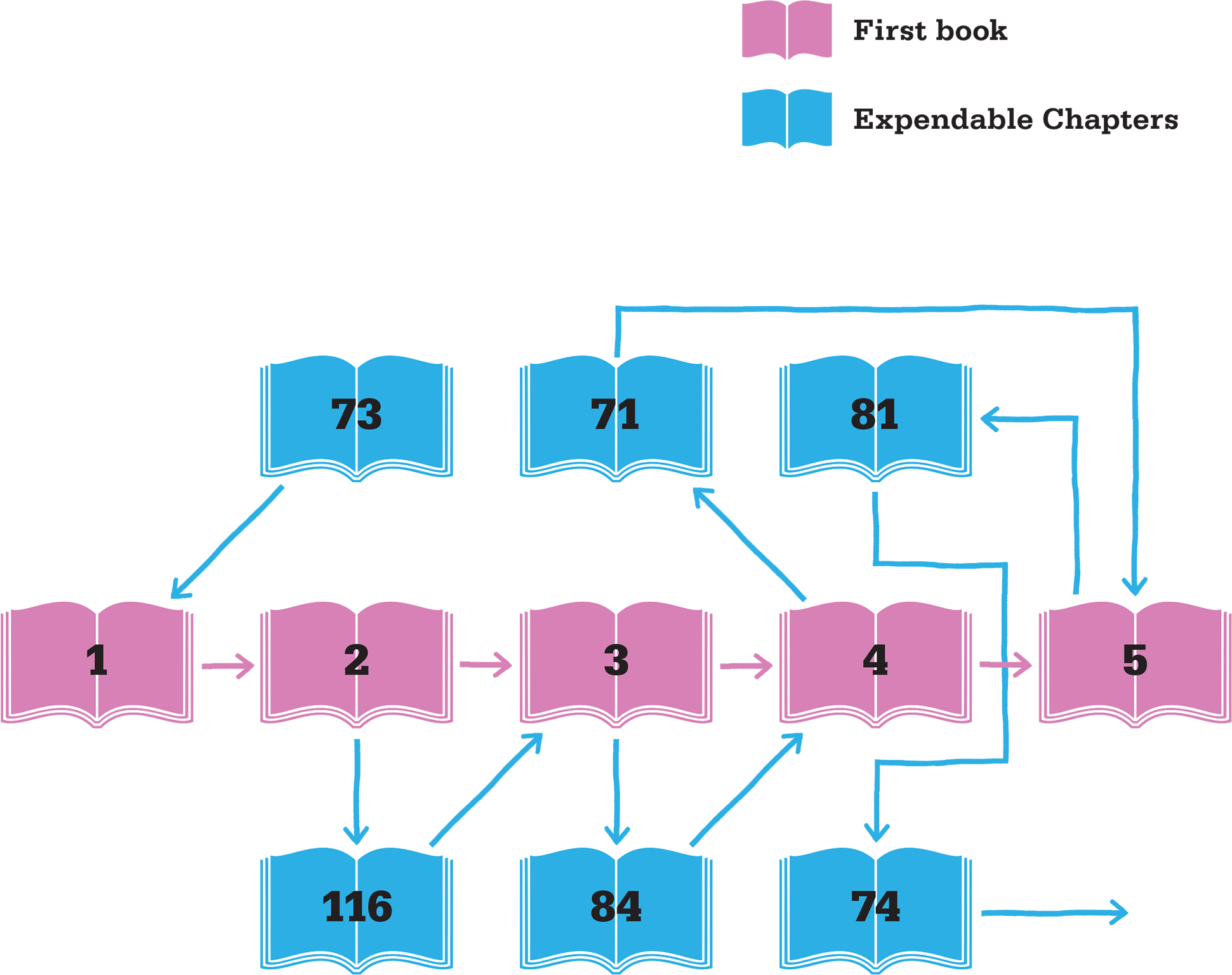The Literature Book (Big Ideas Simply Explained) (2016)


IN CONTEXT
FOCUS
The antinovel
BEFORE
1605 Don Quixote, by Miguel de Cervantes, is regarded as the first modern novel, but its literary features and episodic structure are at odds with later definitions of the genre.
1939 At Swim-Two-Birds by Irish author Flann O’Brien has multiple characters and plots that lose linear structure.
AFTER
1973 The Castle of Crossed Destinies, by Italian author Italo Calvino, has multiple plots; each is determined by a randomly chosen sequence of tarot cards.
2001 Bartleby & Co., by Spanish writer Enrique Villa-Matas, revolves around unwritten texts, fragmented notes, footnotes, literary allusions, and comments on authors both real and fictional.
One of the distinguishing features of the novel is generally thought to be the sequential, linear organization of its narrative segments: chapters, more or less in sequence, are presumed or expected to hold equal status with each other, from a narrative perspective.
The antinovel - first named as such by French writer Jean-Paul Sartre in the mid-20th century - subverts this assumption, marking a radical departure from the conventional novel with respect to plot, dialogue, and structure. In the case of Argentine writer Julio Cortázar’s Hopscotch, the novel is subverted even from a physical point of view. The reader of an antinovel is forced to suspend all narrative expectations and to engage with the text in ways that a traditional work of fiction does not require. As the reader of Hopscotch is told in the book’s Table of Instructions, “In its own way, this book consists of many books, but two books above all”.

References to jazz appear throughout Hopscotch, not only in its subject matter but also in its jazz-infused language, non-linear structure, and improvisational approach.
An open-ended book
Hopscotch can be read as a straightforward novel - the first book - one chapter after the other (ending at Chapter 56), or as a second story, skipping from the so-called “Expendable Chapter” 73 to 1, back and forth, all the way to 58 and 131, where the reader gets caught in an endless loop of the latter two. The author also allows the reader to explore the novel in any other sequence, and to ignore the Expendable Chapters entirely.
Even in the more linear option, the plot moves in an erratic fashion, capturing a series of fragments as it follows the main character, Horacio Oliveira, initially in 1950s Paris. We discover Oliveira’s intellectual interests and his passion for jazz - a form of music that was a clear influence on Cortázar’s style, with its staccato, syncopated rhythm. We hear of Oliveira’s discussions with fellow members of the vaguely defined Serpent Club, their reverence for mysterious author Morelli, and Oliveira’s love of (but troubled relationship with) La Maga. Eventually, he heads to Argentina, where he finds work in an asylum.

Hopscotch invites the reader to experiment with different pathways through its pages. There is a “normal” first book of 56 chapters, and a second making use of 99 “Expendable Chapters”. Each book can be read separately, and there also several alternative options.
Narrative strategies
The second book takes Argentina as its stage. In some Expendable Chapters, Cortázar’s belief that the reader should be aware of the workings of a novel - as participant and even conspirator - can be detected, ultimately destroying the status of the text itself as a novel.
Cortázar’s depiction of mental deterioration, disconnected and alienating human interaction, and forced travel across countries is mirrored in the effects that the book as an object demands of the reader. In this way the author successfully draws attention to the text’s fictional constructs, as well as to the expectations that we have of the novel form.
"[A] chess world where you moved about like a knight trying to move like a rook trying to move like a bishop."
Hopscotch
JULIO CORTÁZAR

Julio Cortázar was born to Argentinian parents in Belgium in 1914. His family moved to Switzerland at the beginning of World War I, but settled in Buenos Aires, Argentina, in 1919.
Cortázar became qualified as a teacher at an early age, and began his university studies in philosophy and language in Buenos Aires, but these were interrupted owing to financial difficulties.
In 1951 he emigrated to France, where he worked as a translator while constantly travelling and writing short stories. He became engaged in political causes, supporting the left-wing movements in Cuba and mainland Latin America, which he visited several times from the 1960s onwards. Around the same time, his novels, including Hopscotch, started being published. Cortázar died in 1984, aged 69, and is buried in Paris.
Other key works
1960 The Winners
1967 Blow-Up and Other Stories
1968 62: A Model Kit
1973 A Manual for Manuel
See also: Don Quixote ✵ Tristram Shandy ✵ The Outsider ✵ If on a Winter’s Night a Traveller